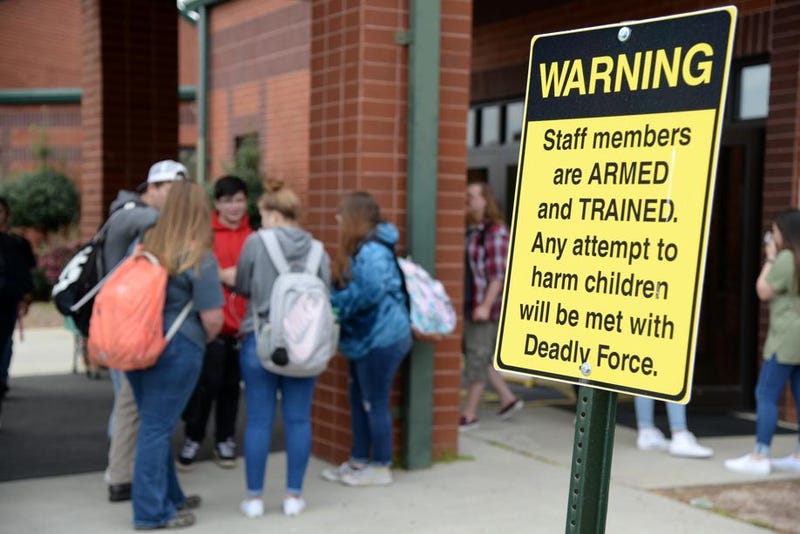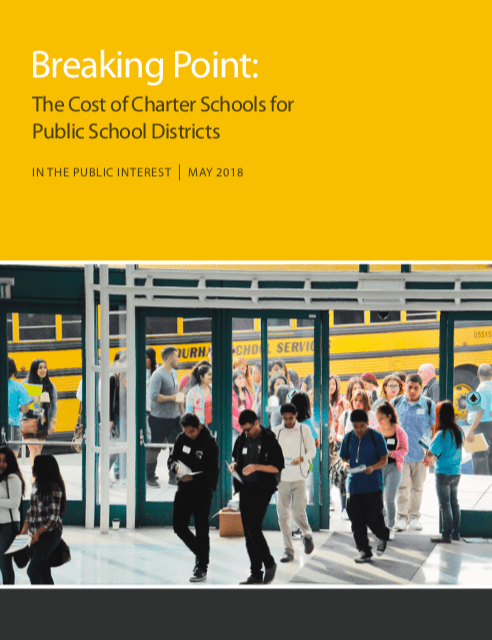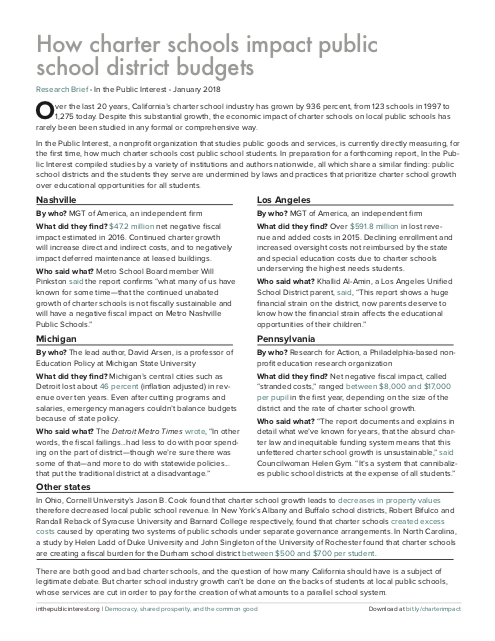2018 Charter School Credit Ratings for Nine States, with a Focus on California and Michigan
There are situations in which B is a grade to be avoided.
Let us consider some 2018 charter school credit ratings as reported in Standard & Poor’s.
First, some background on “rated debt,” compliments of Zacks:
Just like stocks, debt instruments, specifically bonds, can be traded in public exchanges. Since corporate bonds can be a great deal more complicated than stocks, they sometimes come with ratings to help investors understand the potential risks and rewards. …In finance, the word “rating” refers to a letter grade assigned to a corporation or its debt instruments by a rating agency. These ratings are based on the rating agency’s prediction of the default probability. In simpler terms, the better the rating, the more likely the firm will be able to make good on its promise to pay periodic interest and repay the principal. …
Next, a word about “investment grade” bonds from Investopedia:
An investment grade is a rating that indicates that a municipal or corporate bond has a relatively low risk of default. Bond rating firms, such as Standard & Poor’s and Moody’s, use different designations consisting of upper- and lower-case letters ‘A’ and ‘B’ to identify a bond’s credit quality rating. ‘AAA’ and ‘AA’ (high credit quality) and ‘A’ and ‘BBB’ (medium credit quality) are considered investment grade. Credit ratingsfor bonds below these designations (‘BB’, ‘B’, ‘CCC’, etc.) are considered low credit quality, and are commonly referred to as “junk bonds.”
And now, about those charter schools:
According to S&P’s U.S. Charter Schools 2019 Sector Outlook, the following ratings capture virtually all of its 281 rated charter schools across 25 states for CONTINUE READING: 2018 Charter School Credit Ratings for Nine States, with a Focus on California and Michigan | deutsch29
Big Education Ape: Which Is Higher at BASIS Schools: Its AP Scores, or Its Debt? | deutsch29 - https://bigeducationape.blogspot.com/2017/05/which-is-higher-at-basis-schools-its-ap.html




















